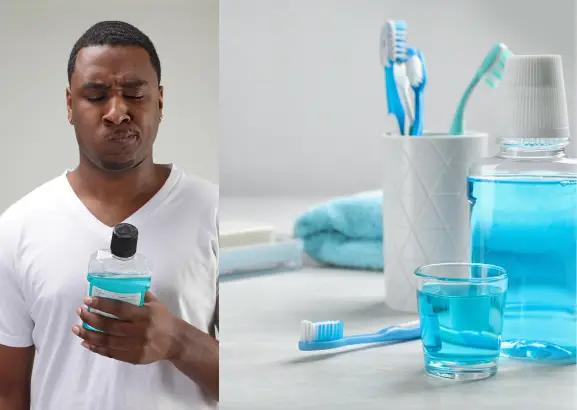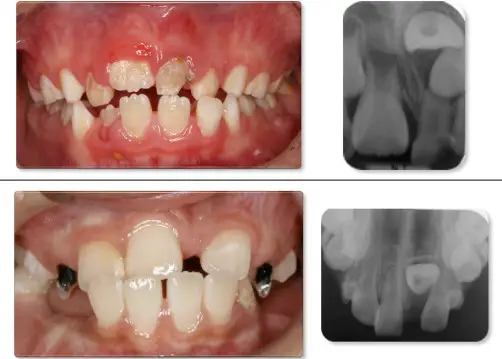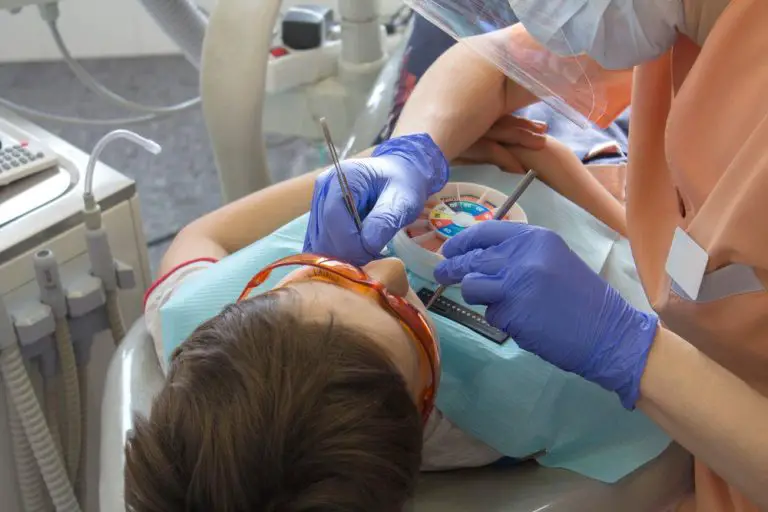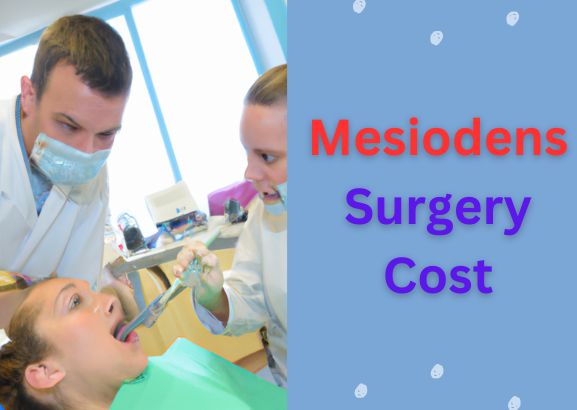Last Updated on 1 week by Dr. Michelle G. Brito
Hyperdontia removal involves the surgical extraction of supernumerary teeth to address dental issues and restore proper alignment. Hyperdontia, also known as supernumerary teeth, is a condition where individuals develop extra teeth in addition to the normal set.
Dental issues arising from hyperdontia may include overcrowding, misalignment, or other problems related to oral function and aesthetics. The removal of supernumerary teeth is typically performed through a surgical procedure aimed at restoring proper dental alignment and function. This process involves careful examination, imaging, and planning to ensure the safe and effective removal of the additional teeth.
With the advancement of dental technology and expertise, hyperdontia removal can now be performed with minimal discomfort and optimal results, allowing individuals to regain healthy and functional dental alignment.
What Is Hyperdontia?
Hyperdontia is a dental condition characterized by excess teeth development in the oral cavity. It is a relatively rare, with most cases involving a single extra tooth. The causes of hyperdontia are not clearly understood but may be attributed to genetic factors or dental trauma. Some individuals with hyperdontia may not experience any symptoms while others may encounter problems such as crowding of teeth, misalignment, or issues with chewing and biting. Diagnosing hyperdontia is usually made through dental X-rays and clinical examination by a dentist or orthodontist. Treatment options may include tooth extraction, orthodontic treatment, or other dental procedures to manage the condition and ensure oral health.
Diagnosing Extra Teeth
Diagnosing Extra Teeth
Hyperdontia, the condition of having extra teeth, can be diagnosed through various methods. Dental X-rays play a crucial role in detecting hyperdontia, enabling dentists to visualize additional teeth and assess their developmental stage. Early detection of hyperdontia is paramount, as it allows for timely intervention and management of the condition. When left untreated, hyperdontia can lead to malocclusion and other dental complications. Therefore, prompt identification of extra teeth is essential for devising an appropriate treatment plan and preventing potential oral health issues.
Planning Your Hyperdontia Treatment
Hyperdontia is a condition where a person develops extra teeth, which can lead to various dental complications. When planning your hyperdontia treatment, it’s crucial to consult with a specialist who can provide expert guidance. The specialist will consider the patient’s age and dental development to determine the most suitable treatment approach. Additionally, evaluating the complexity of tooth extraction is essential to ensure the procedure is carried out effectively. By carefully considering these factors, individuals with hyperdontia can undergo treatment tailored to their specific needs.
Advanced Techniques In Hyperdontia Management
Hyperdontia Removal: Advanced techniques in hyperdontia management involve minimally invasive surgical options, prioritizing the preservation of surrounding tissues and facilitating quicker recovery. Laser therapy in tooth removal is a cutting-edge approach that minimizes discomfort and reduces post-operative swelling. Moreover, sedation options are available to ensure a comfortable and stress-free experience for patients undergoing hyperdontia removal procedures. These advanced techniques contribute to enhanced patient satisfaction and better treatment outcomes.
Immediate Aftercare Steps
Pain Management: After undergoing hyperdontia removal, it’s common to experience some discomfort. Follow the prescribed pain medication schedule and intermittently apply ice packs to the affected area to alleviate swelling and soreness. Refrain from consuming hot, crunchy, or spicy foods to prevent aggravating the surgical site.
Home Care Instructions:
- Enhance recuperation by maintaining proper oral hygiene.
- To stave off infection, gently rinse your mouth with a saltwater solution several times daily.
- Abstain from strenuous activities and adhere to a soft diet for the initial few days post-surgery to avoid trauma to the surgical site.
Signs of Complications: Be vigilant for persistent swelling, severe pain, or abnormal bleeding. If you encounter these symptoms, promptly contact your dentist to avoid complications. Additionally, watch out for persistent fever or foul odor from the surgery area, as these could indicate an infection.
Long-term Dental Health Maintenance
Hyperdontia removal can significantly impact long-term dental health. After removing supernumerary teeth, individuals may consider undergoing orthodontic treatments to align their teeth and correct misalignments. This can help achieve an even bite and prevent future dental issues. Additionally, regular dental check-ups and monitoring are crucial to ensure the effectiveness of the treatment and maintain oral health. Dental hygiene practices such as brushing, flossing, and mouthwash are essential to prevent further dental issues and maintain oral hygiene.
Conclusion
Hyperdontia removal can significantly improve oral health and aesthetic appearance. With advancements in dental technology, the procedure is now safer and more effective. If you’re considering this treatment, consult a qualified dentist to discuss your options. Remember, prioritizing dental care is crucial for overall well-being.






